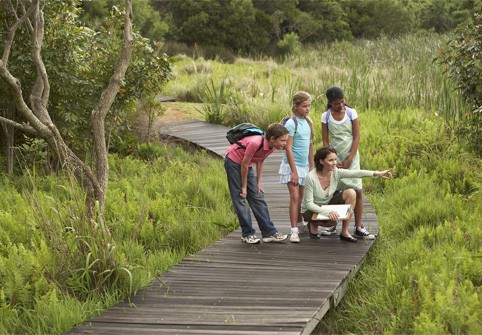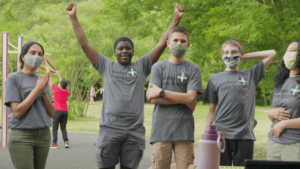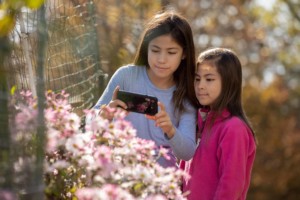Citizen Science

Last month, while enjoying a hike on Mount Rainier, I participated in a citizen science project to help document wildflowers. You may have heard of “citizen science” – a scientist or a research group asks for help from the public to, say, identify wildflowers or monitor water quality in a local stream. Does it actually work?
For many in the fields of science and science education, citizen science projects are seen as “win-win” – scientists get help from the public while at the same time reaching out to them about their research, and the public gets to be part of real research and do something interesting or fun.
There have been several wildly successful examples of citizen or “crowd-sourced” science, such as Foldit, an online game where the public helps solve complex protein folding puzzles. (Protein folding is important because correct folding is essential for a protein to function; learning how proteins fold has all sorts of research and practical implications.) Computers can also solve protein folding puzzles, but people might actually be better – and faster – when you turn a whole crowd loose on the problem. Similarly, thousands of people contributing to rain gauge measurements, wildlife sightings, and other projects help scientists get much more work done (and/or data gathered) than scientists could manage on their own. Amateur astronomers, for example, make real and importance contributions and NASA regularly seeks their help (link may be down due to government shutdown; do try it again later!).

In exchange, it’s hoped that participants learn something about science in the process: how and why science is done, and maybe even some specific content knowledge about ecosystems or proteins or what have you.
However, a recent study wanted to know if citizen science really is all peaches and cream. There are some known issues with citizen science, such as the quality of data (can untrained or somewhat-trained people reliably tell one wild aster flower from another?), which have potential solutions (test the reliability of your volunteers’ data, or choose species that are unmistakable). But what about the perception of data quality by other scientists? If other scientists don’t think your research is sound, it could have very real and serious impacts on your career. And how do you give credit to all the volunteers who helped you? Is it fair that the volunteers aren’t being paid while scientists are? And do volunteers really get something out of participating in citizen science?
The study found that communicating clearly about how volunteers’ contributions will be used and credited is important. Take, for example, this rather unusual offer: go see if you have any Asian camel crickets in or around your home. Tell them what you find and where you’re located – and be part of a research paper as it’s being written. You can even view the paper in progress. The lab leading this project is no newcomer to citizen science projects. They’ve previously asked for people all across the US to swab their belly buttons and send in the samples. They’ve made the database of their findings available on their site, in case you’re wondering.
So – peaches and cream? Or sour milk? While the long answer is complicated, the short answer is: Yes, scientists and volunteers overall feel very good about the projects they participate in and yes, citizen science projects, when well thought out, can work well for everyone involved.
Have you ever participated in a citizen science project? What was your experience?
To find citizen science projects, try Cornell’s Citizen Science Central website or this list.







0 Comments
Leave a Comment
Your email address will not be published. All fields are required.